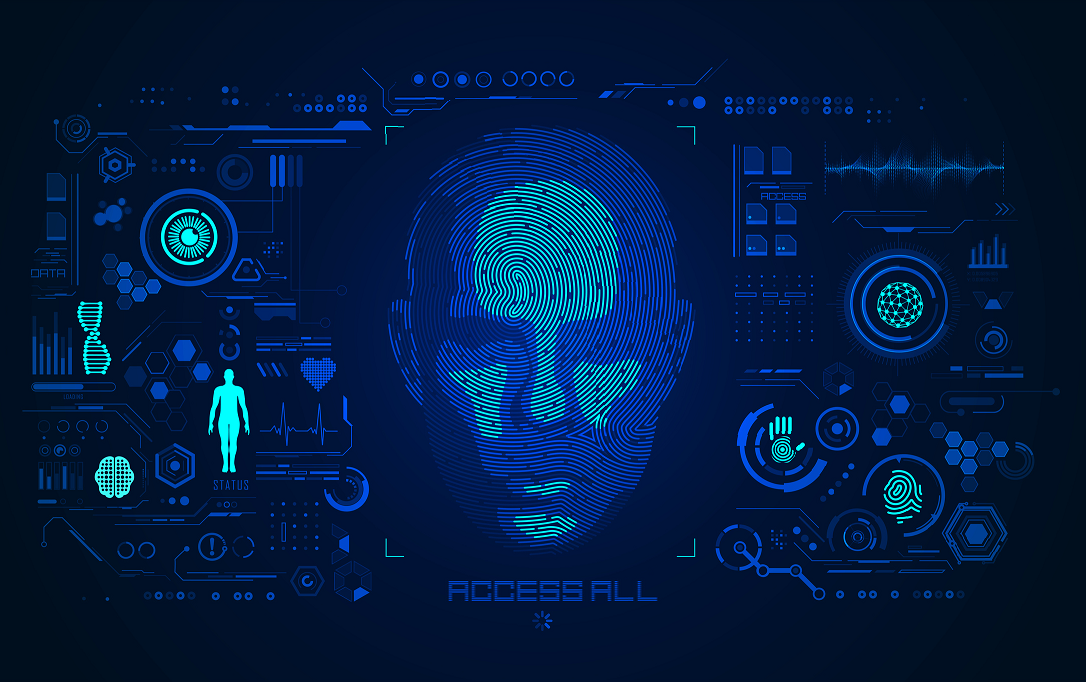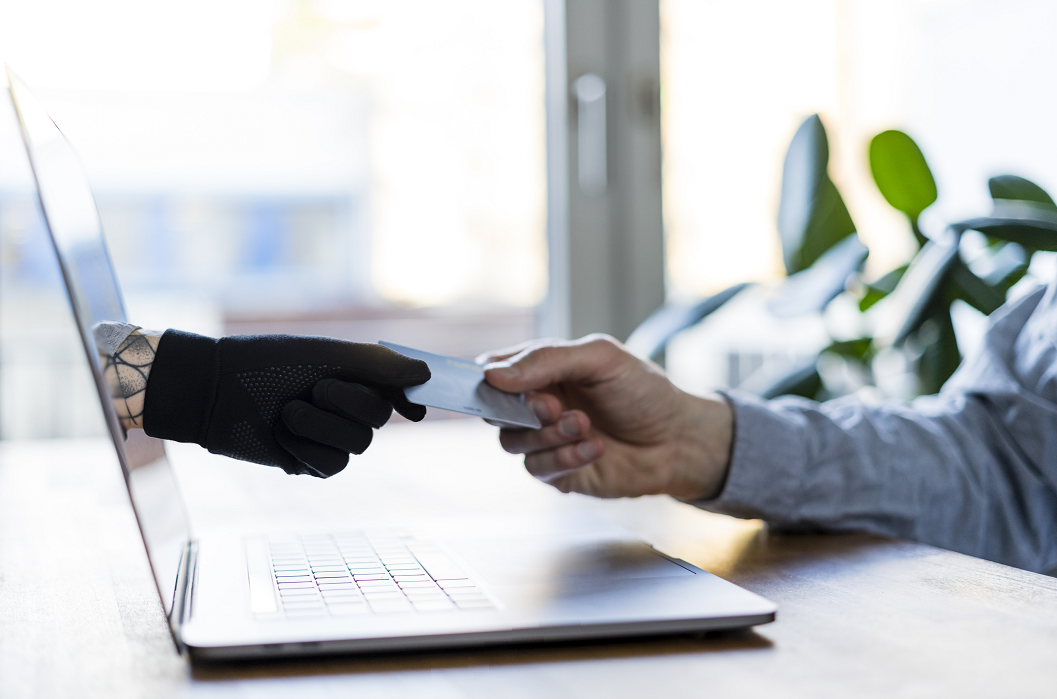You probably know the drill—check your bank statement, guard your credit card information, and be careful where you shop online. It’s the foundation of good financial security. But what about your retirement accounts? It’s easy to overlook these accounts as they sit in the background, quietly growing until the day you need to tap into them. And that fact alone helps explain why they’re increasingly becoming targets of cybercriminals.
Retirement accounts are tempting because they represent years of your hard-earned savings, making them lucrative targets for digital thieves. But your IRA or 401(k) is more than just a number on a screen—it’s your future security including food, housing, and healthcare as you head into retirement.
So, how do we protect ourselves? By taking some fairly simple yet proactive steps, we can significantly reduce the risk of falling prey to cyberattacks. Let’s explore some key strategies to safeguard your retirement savings:
Be Proactive: Monitor Your Accounts
Just like your regular bank accounts, you should be keeping an eye on any retirement accounts you have, whether it’s a 401(k) through your employer, an IRA, or any other type of plan. Financial advisors will often recommend that you shouldn’t look at your investments every day since it can cause you to react emotionally when the market inevitably swings. But you want to be careful not to go too far the other direction and ignore them all together.
Regularly Review Accounts
Make it a habit to routinely check your retirement account activity. Set up a consistent schedule, whether it’s monthly or quarterly, and stick to it. You can set a notification on your calendar to remind you, or just make it part of your monthly budgeting routine. Inspect each transaction on your accounts and look for any discrepancies, no matter how small. The earlier you spot a problem, the easier it will be to address.
Verify Information
Regularly review the personal information associated with your retirement account and update it promptly when something changes. This will likely include your address, phone number, and email address. Ensuring accuracy helps prevent identity theft and ensures that all communication reaches you directly.
Take Immediate Action
If you notice any suspicious activity or unusual transactions, don’t hesitate to act. Contact your plan administrator immediately. The faster you act, the better your chances of minimizing the impact.
Be Wary: Recognize Phishing Attempts
While watching your accounts for signs of a problem is a good way to catch issues that have already occurred, it’s also important to take preventative measures to hopefully stop attacks before they happen. A little caution can go a long way toward protecting your accounts.
Identify Red Flags
Be cautious of emails claiming to be from your retirement plan provider or broker requesting personal information or claiming there’s a problem with your account. You should also be on the lookout for unsolicited phone calls from people claiming to be from your plan provider. Remember, legitimate institutions will never ask for sensitive information on an unsolicited call.
Never Click Links
If you receive one of these emails, never click any links, call any phone numbers, or scan any QR codes, as they are designed to steal your information or even download malware to your device.
Use Official Channels
If you have any concerns or need to verify information, access your account directly through your retirement plan’s official website or contact their designated customer service number.
Be Strong: Boost Account Security
Protecting your accounts from cybercriminals goes beyond just watching for suspicious activity. It also involves practicing what is known as good “cyber hygiene.” This includes a number of healthy practices that will keep your accounts safe, whether they’re retirement accounts, bank accounts, or just your email inbox.
Robust Passwords
Create strong, unique passwords for your accounts. Use a combination of upper and lowercase letters, symbols, and numbers. Avoid using easily guessable information like birthdays or pet names (or “Password”!), and don’t reuse passwords across multiple accounts.
Two-Factor Authentication (2FA)
Enable two-factor authentication for an extra layer of security. This adds a step when you log in, requiring a unique code sent to your phone or email. This makes it harder for cybercrooks as they will need more than just your password to gain access to your accounts.
Multi-Device Consistency
Apply these security measures consistently across all devices you use to access your retirement account, including laptops, tablets, and smartphones. After all, it does no good to secure your laptop if your phone is vulnerable. By using the same measures across devices, you can help ensure the security of your accounts.
Secure Your Future
Your retirement savings are your future security, so it’s important to take proactive steps to protect your accounts. By implementing these tips and staying up to date with new threats, you can feel confident in the security of your financial future. Take action today to fortify your finances and protect your retirement years.
This article was originally shared via our education partner, MoneyIQ.



